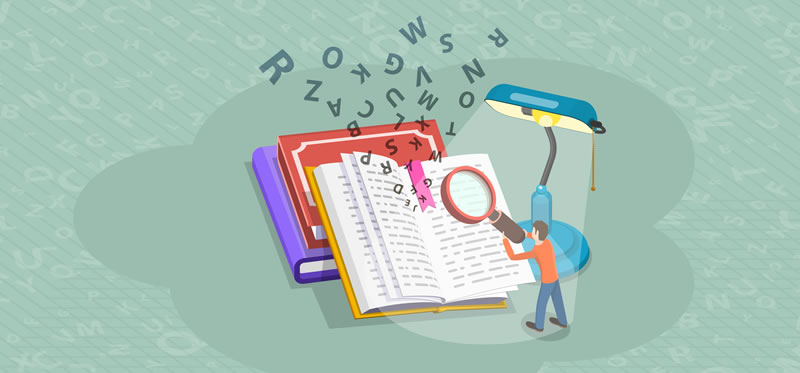
If a glossary is not created and integrated into the localisation workflow, the effects can be detrimental.
In many languages, the meaning of the same word can be conveyed in different words or phrases. However, the terminology does not tolerate options; an incorrectly used term or an incorrectly chosen word in the target language can distort the meaning of the entire text and even damage the reputation of the company. Therefore, when working on texts, professional translators compile glossaries of terms, carefully checking their correctness in specialised dictionaries, standards and instructions, and through consultation with the brand and, if relevant, in-country teams.
This is particularly important for some sectors, such as technology and IT services, as a lot of terms in this sector are kept in English in some target languages, whilst in other languages the terms are adapted or even fully localised. After all, your global teams not only have the language skills, but they also have an in-depth knowledge of your products and industry.
How to use a glossary effectively
A glossary helps minimise inaccuracies in specialised terminology. Creating a glossary helps the translator to work with highly specialised terms and use them correctly. This is especially true for technical translation projects that are high in volumes and require a deep understanding of the subject and high accuracy of translation from the translator. Often, words can have several meanings, and these meanings are far apart from each other. In order to correctly indicate the scope of use and the exact content of a particular term, you must enter a specific term in the glossary.
Additionally, it is worth noting that a glossary is only one element of the quality assurance process. Another aspect would be to select translators who are experts in the particular subject, to ensure that they are experienced with this specific type of translation as well as its specialised terminology. Therefore, the approved team of translators should be involved in the glossary creation process before the start of the translation project.
Localising a glossary for technology-specific translation projects
Technology companies should consider the following aspects when localising their brand’s glossaries, as they will influence the decision of whether to localise the term, keep it in English, or perhaps to transliterate.

The target language
Your bilingual glossary should be tailored for each target language, including language variations dependant on each target country. For example, if you target Germany as well as Switzerland and Austria, you may need to create a glossary for one language variation, i.e. Germany German, and adapt and localise it for Swiss and Austrian German. The target language will also influence whether to keep specific terms of your glossary in English, to transliterate them or to translate them. For example, if Russian is one of your target languages, you might need to consider whether to transliterate your brand or to keep it in English, as the language uses the Cyrillic alphabet. By transliterating the terms, you will ensure that the pronunciation of it sounds very close to the original. However, be aware that the transliteration of a brand name can sometimes mean something else in the local language, potentially even something inappropriate or offensive. Also, there are sometimes different ways of transliterating a brand term in a given language and so consistency is important.
The type of content
Your translation projects will benefit from a glossary that is tailored for each specific type of content – for example, legal translations, technical manuals, online and marketing material, etc. The type of content will also influence whether terms should be localised or kept in English.
Specifically, in the technology sector in German, computer science uses a lot of English terms such as software, code block, internet, server, online, website, import, global, bit, byte, etc. Therefore, it is always best practice to only use native speakers of the target language and involve them in the glossary creation process at the beginning of the translation project. This approach will allow you to have an accurate, tailored glossary for each market whilst ensuring lower costs and more consistency.
Product names
The glossary should also include a list of terms which should remain in English and never be translated. For example, product names are typically not translated and having those terms in your glossary will ensure that this happens. However, it is important to include context, as sometimes a term may need to remain in English, and in other instances it will need to be translated.
For more in-depth information, read my free, full-length guide here. The guide covers:
- what terminology management is
- how to create a glossary
- the benefits of using a glossary
- how to translate and localise your glossary
- how to use a glossary effectively
- how to build a workflow for bilingual glossaries







